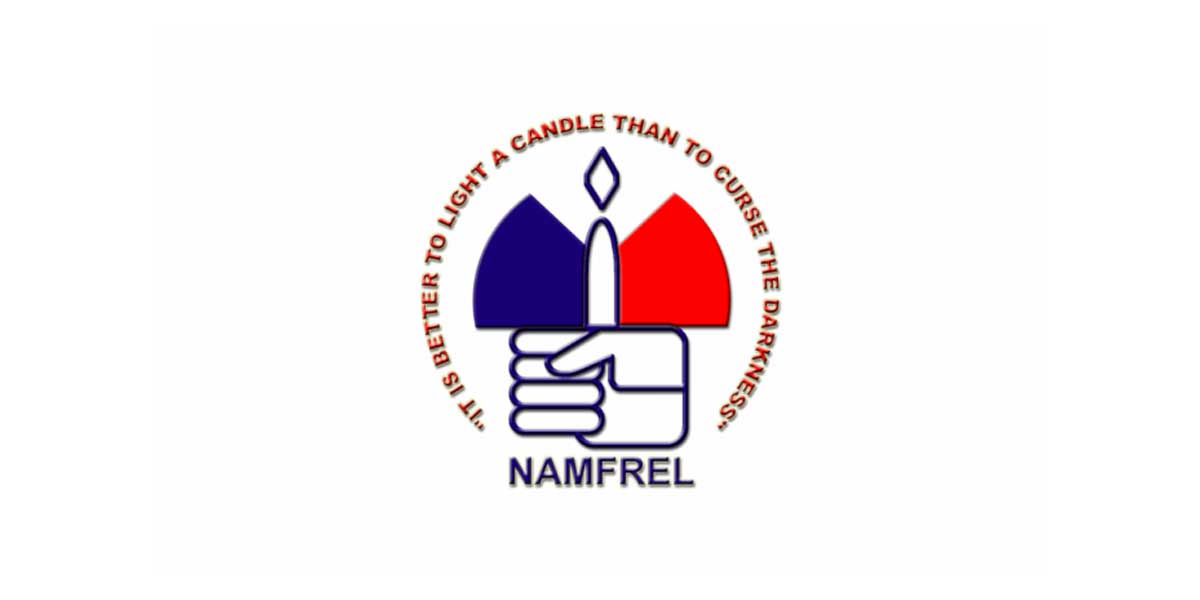By Herbert Vego
WE heard on a radio newscast that former Congressman Gary Alejano has filed his certificate of candidacy as Magdalo party-list candidate in 2025. He has a mission left unfinished.
To recall, sometime in 2018, Alejano requested the Congressional Committee on Health to investigate the Food and Drug Administration (FDA), which had raided and closed the medical clinic of Dr. Farrah Agustin-Bunch in Tarlac City for selling herbs grown in her backyard.
Dr. Bunch and the FDA have filed criminal cases against each other, but that is not the angle I would like to discuss here.
The sweeping closure of a medical clinic owned by a licensed physician indicates the government’s negligence vis-a-vis the Traditional and Alternative Medicine Act (TAMA) that then President Fidel Ramos signed into law in 1998.
Originally proposed by the late Senator Juan Flavier, the law created the Traditional Medicine Authority (TMA) to promote systematic and scientific development of alternative and traditional medicine in the Philippines. It was intended to complement, not displace, conventional medicine practice.
President Ramos predicted that it would end the passivity of the government in promoting cheap herbal alternatives. How wrong he was!
After 26 years, unfortunately, the law has hardly taken off. TMA has surprisingly made itself inactive, thus reneging on its mandate to provide the administrative framework for the protection of the herbal medicine industry.
A few local drug companies, however, have taken steps in synthesizing FDA-approved indigenous medicinal plants into tablets, capsules and syrup, such as lagundi for cough and asthma; tsaang gubat, an antispasmodic; akapulco, an anti-fungal herb; sambong, a diuretic; yerba buena, antipyretic; ampalaya, anti-diabetic; bawang (local garlic), anticholesterolemic; bayabas (local guava); niyug-niyogan, anthelmintic; and ulasimang bato, anti-hyperuricemic.
Had TMA fully implemented TAMA in collaboration with the FDA, according to Flavier, an estimated 70 other folkloric plants would have already been approved for therapeutic uses. The vegetable malunggay, for instance, when encapsulated, still bears the FDA-required warning “no approved therapeutic claim.” And yet it sells like hotcakes simply because users find it effective against hypertension, arthritis, scabies and constipation, among others. No wonder manufacturers of “junk noodles” have decided to enrich them with malunggay.
Hard-up individuals have proven for themselves the efficacy of natural medicines.
The failure of the law to right the wrong image of traditional medicine as quackery stems from the bias of Filipino physicians for conventional Western pharmacology as taught in medical schools. It is no secret that multinational drug companies sponsor yearly foreign junkets for popular specialists who prescribe their branded drugs.
To be sarcastic about it, they would not have spent a decade in college if they would only end up as “glamorized herbolarios.”
On the contrary, however, bigger countries have extensively explored indigenous and alternative healing traditions. China has already successfully embedded hitherto questionable traditions like acupuncture and acupressure with conventional medicine.
In Singapore is located the International College of Holistic Health (716a Geylang Road), which offers holistic medicine courses aimed at promoting natural health without drugs.
The Office of Alternative Medicine in Washington DC has officially validated homeopathy — a medical system based on the belief that the body can cure itself using tiny amounts of natural substances.
Nutritional medicine – made up of fruits, herbs and vegetables — was the stuff that the Greek father of medicine, Hippocrates (460-357 BC), prescribed to his patients.
From that name is derived the Hippocratic Oath by which new physicians swear.




















